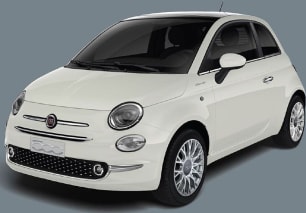When it comes to Lamborghinis value-for-money is almost irrelevant because we’re in the realm of the supercar, where the laws of price and features don’t really apply. Yes, the old, if-you-have-to-ask-how-much-it-is-then-you-can’t-afford-it rule is coming into effect here.
Which is why the first question I asked was – how much is it? The five-seater version we tested lists for $390,000, before on-road costs. You can also have your Urus in a four-seat configuration but you'll pay more at $402,750.
The entry Lamborghini Huracan also lists for $390K, while the entry-level Aventador lists for $789,809. So, the Urus in comparison is an affordable Lamborghini. Or an expensive Porsche Cayenne Turbo.
You may know this already, but Porsche, Lamborghini, Bentley, Audi and Volkswagen have the same parent company and share technology.
The 'MLB Evo' platform which underpins the Urus is also used by the Porsche Cayenne, but that SUV is almost half the price at $239,000. But it’s not as powerful as the Lamborghini, not as fast as the Lamborghini, and … it’s not a Lamborghini.
Coming standard is a full-leather interior, four-zone climate control, two touch screens, sat nav, Apple CarPlay and Android Auto, DVD player, surround view camera, proximity unlocking, drive-mode selector, proximity unlocking, leather steering wheel, power and heated front seats, LED adaptive headlights, power tailgate and 21-inch alloy wheels.
Our Urus was fitted with options, lots of options - $67,692 worth. This included the giant 23-inch rims ($10,428) with carbon ceramic brakes ($3535), the leather seats with 'Q-Citura' diamond stitching ($5832) and optional stitching ($1237), the Bang & Olufsen stereo ($11,665) and digital radio ($1414), night vision ($4949) and the ambient light package ($5656).
Our car also had the Lamborghini badge sewn into the headrests which is a $1591 option and the plush floor mats are $1237.
What are the Lamborghini Urus’s rivals? Does it have any other than the Porsche Cayenne Turbo, which isn’t really in the same monetary ballpark?
Well, the Bentley Bentayga SUV also shares the same MLB Evo platform and the five-seat version lists for $334,700. Then there’s the Range Rover SV Autobiography Supercharged LWB at $398,528.
Ferrari’s upcoming SUV will be a true rival to the Urus, but you’ll have to wait until about 2022 for that.
Aston Martin’s DBX will be with us sooner – it’s expected in 2020. But, don’t hold your breath for a McLaren SUV. When I interviewed the company’s global product boss in early 2018 he said one was totally out of the question. I asked him if he wanted to bet on it. He declined. What do you think?

